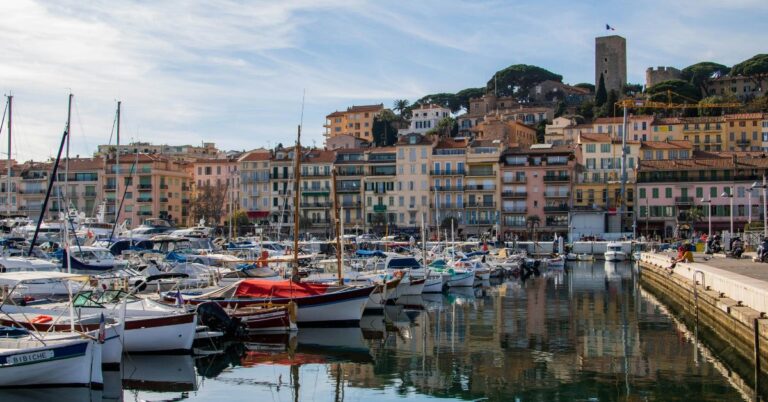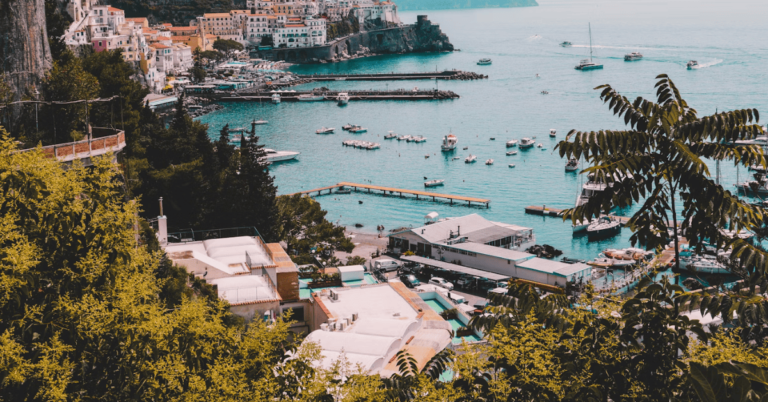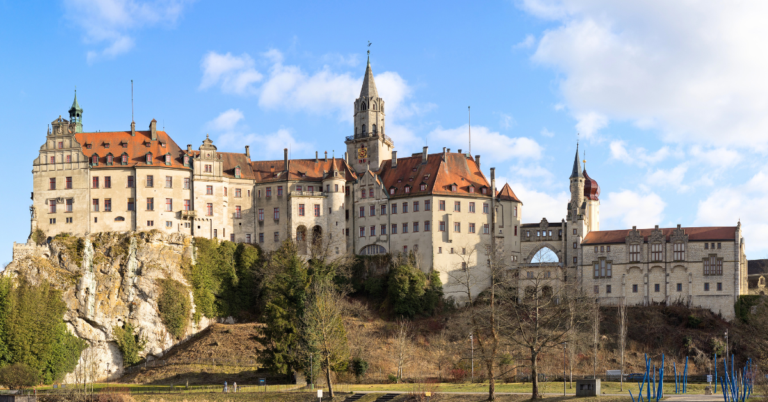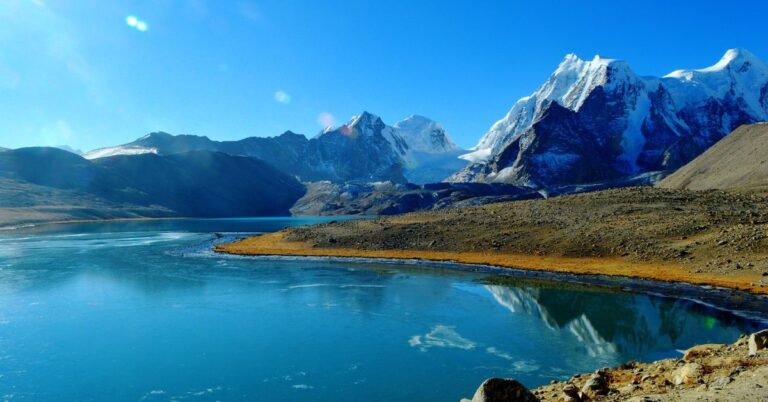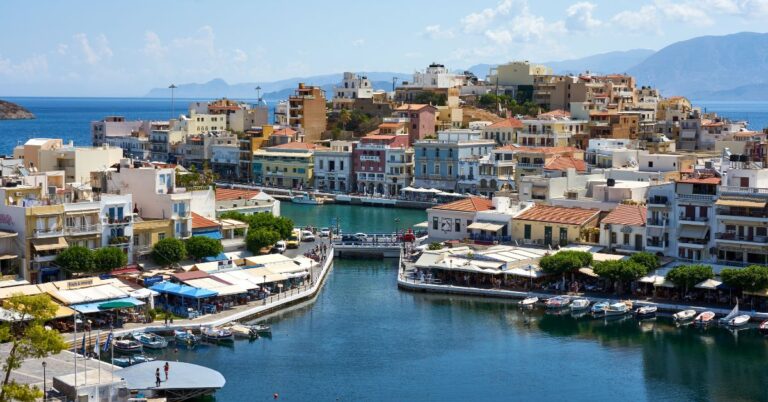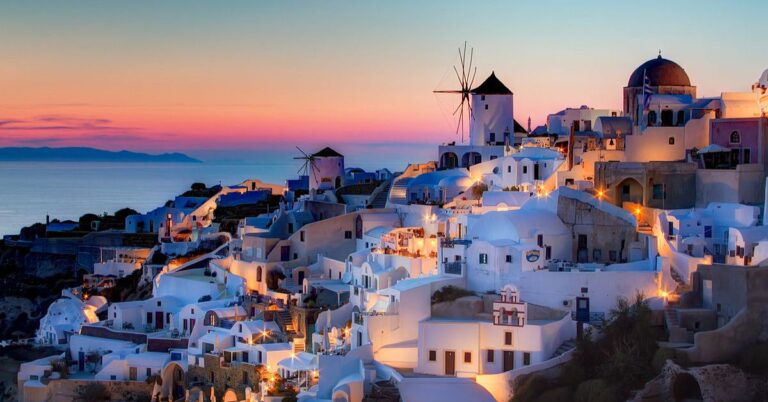15 Of America’s Hidden Islands That Feel Straight Out Of A Dream

Hidden beyond popular beaches and well-traveled ferry routes are islands most people never reach. They aren’t built for crowds, and that’s precisely what makes them worth the effort. Each one offers something rare. If you’re craving peace or timeless stories, this list will lead you to them all.
Palmyra Atoll, Pacific Ocean
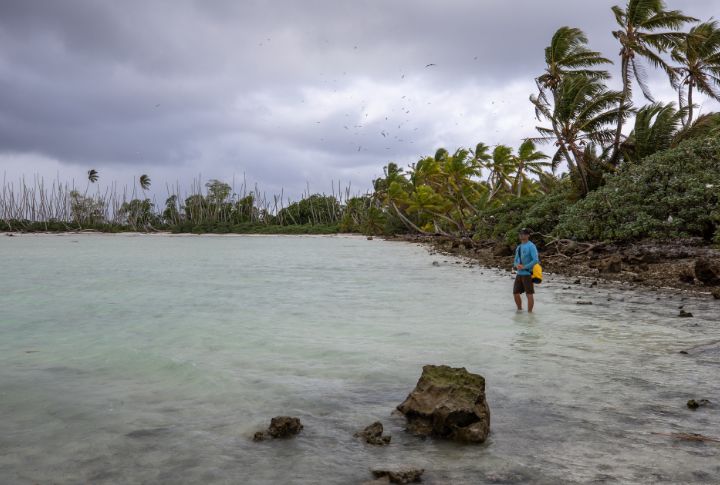
Located between Hawai‘i and American Samoa, Palmyra Atoll is uninhabited and protected by The Nature Conservancy. The rainforest and coral reefs support a variety of rare species of fish and invertebrates. Visitor access is highly restricted due to the remote status of this National Wildlife Refuge.
Dry Tortugas, Florida

Reachable only by boat or seaplane, the 19th-century brick fortress offers pristine snorkeling opportunities. Guests must camp overnight, as there are no accommodations on-site. Fort Jefferson sits seventy miles west of Key West, surrounded by shallow turquoise waters within Dry Tortugas National Park.
Isle Royale, Michigan
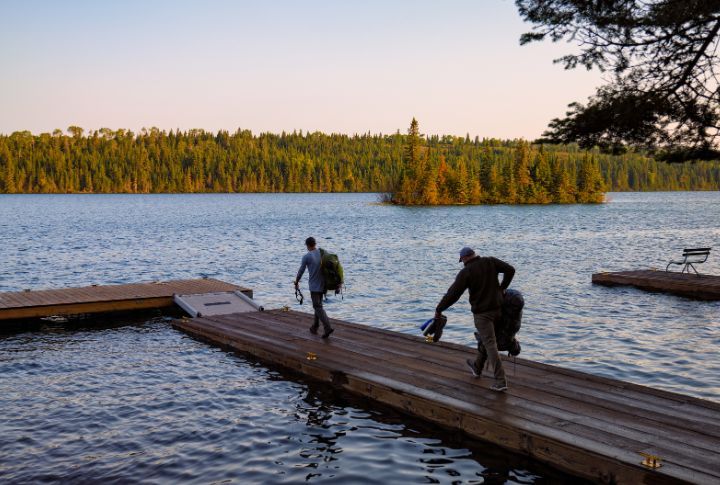
Isle Royale rests in Lake Superior and belongs to one of the least-visited U.S. national parks. Cars are prohibited, and access is limited to ferry or seaplane services. The island is popular for its ongoing wolf and moose population studies, and it has miles of secluded hiking trails.
Molokaʻi, Hawaii
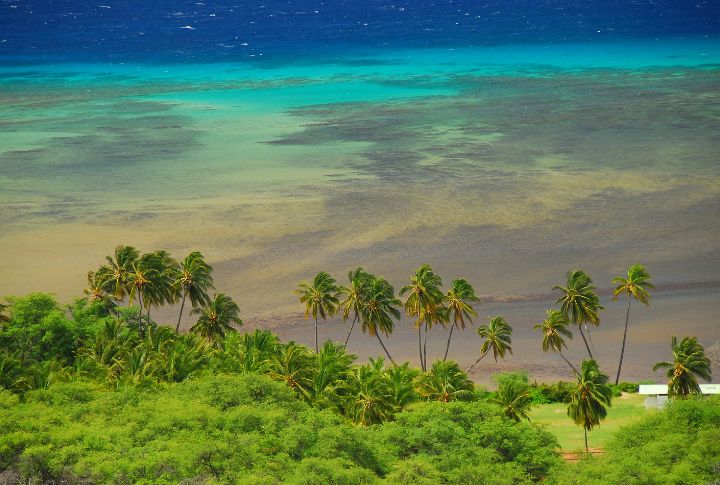
Ancient Hawaiian fishponds still line the coast and offer a glimpse into centuries-old aquaculture. Kalaupapa National Historical Park preserves the legacy of the island’s isolated leprosy settlement. Although known for its cliffs and sacred sites, Molokaʻi’s people continue to resist resort development to protect their cultural identity.
Baker Island, Central Pacific

Uninhabited and sun-bleached, Baker Island lies just north of the equator. The U.S. claimed it under the Guano Islands Act, and today, it serves as a National Wildlife Refuge. A failed colonization effort in the 1930s left remnants, and modern landings are limited to research teams.
San Juan Islands, Washington
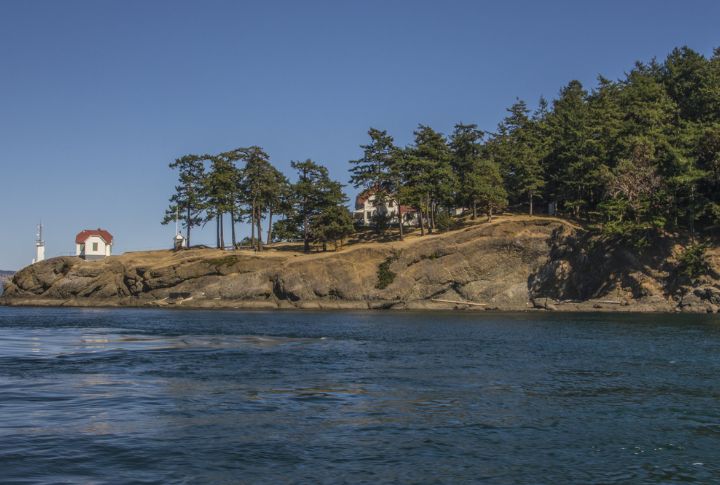
This peaceful archipelago of over 170 named islands lies in the Salish Sea, not far from Seattle. Orcas and Lopez offer distinct experiences shaped by nature and local culture. Whale watching and cycling are popular here, and ferries and small planes connect travelers to its shores.
Midway Atoll, Northwestern Hawaiian Islands

Midway Atoll, once a pivotal WW2 base, now shelters millions of nesting seabirds. Laysan albatrosses dominate the skies each season. Conservationists work to revive coral reefs and native flora. Due to its ecological role, tourism is tightly controlled and limited to permitted research groups.
Cumberland Island, Georgia
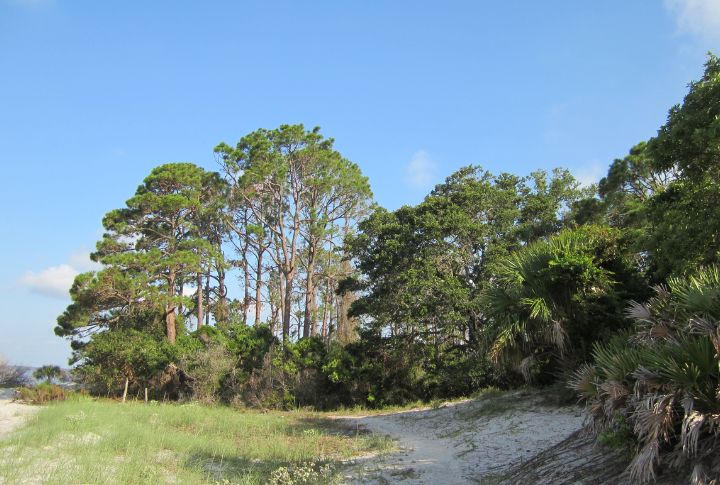
As Georgia’s largest barrier island, Cumberland blends wild coastal beauty with quiet historical depth. Visitors may see wild horses walking on the dunes near the ruins of the Carnegie mansion. Its maritime forest and protected beaches are perfect for hiking, and limited camping ensures a peaceful, uncrowded experience.
Jarvis Island, Equatorial Pacific
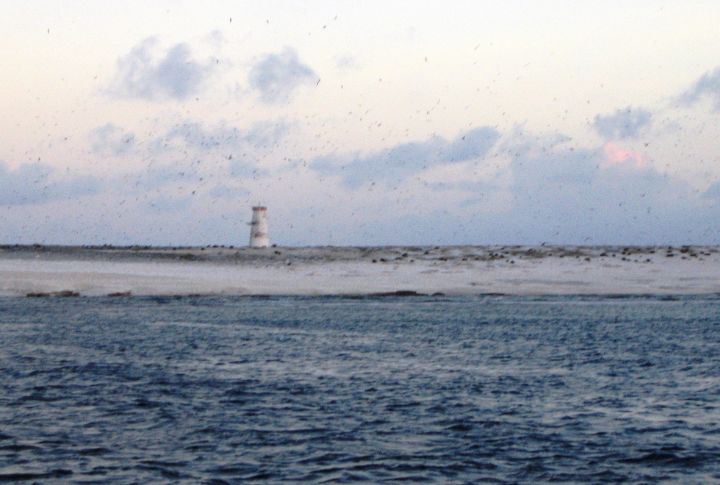
South of Hawai‘i, Jarvis Island offers no shelter and no permanent structures. Its dry terrain supports large nesting colonies of seabirds, which makes it ecologically vital. Once mined for guano, it’s now protected as a wildlife refuge under U.S. jurisdiction with minimal access.
Channel Islands, California
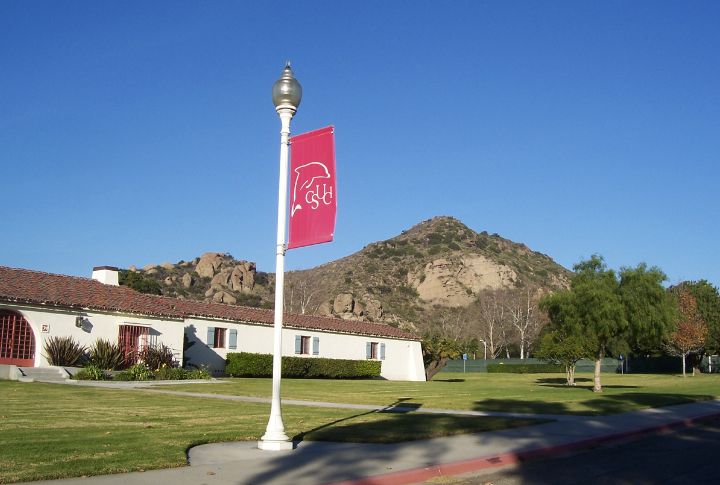
Five rugged islands off the southern coast of California form Channel Islands National Park, home to over 2,000 plant and animal species found nowhere else. Visitors snorkel in kelp forests or hike steep trails. Boats departing from Ventura remain the only way to access this remote marine sanctuary.
Howland Island, Near The Date Line
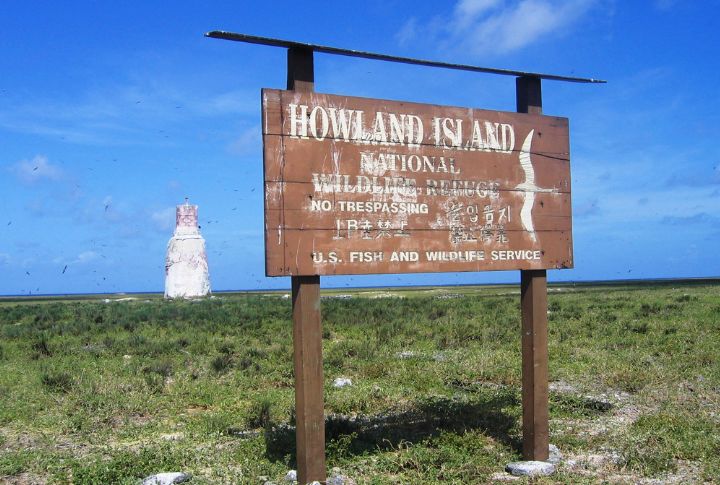
Known as the near-miss site in Amelia Earhart’s ill-fated journey, Howland Island remains deserted and windswept. It is part of a remote Pacific marine monument and has no permanent structures. Low vegetation covers the sandy terrain, and all visitation is limited to scientific research teams.
Apostle Islands, Wisconsin
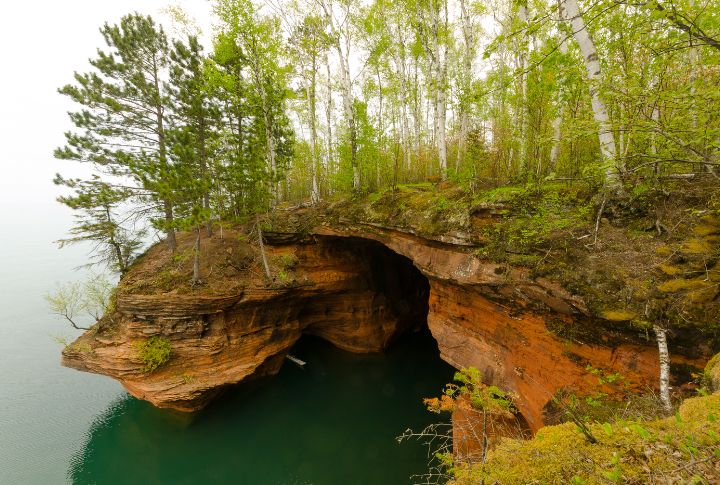
Kayaking beneath sandstone arches in summer and walking across frozen water in winter make the Apostle Islands a year-round destination. Twenty-one islands form this protected lakeshore in Lake Superior. Historic lighthouses still stand, while cliffs and ice caves shape the wild terrain of this Midwestern retreat.
Wake Island, Western Pacific
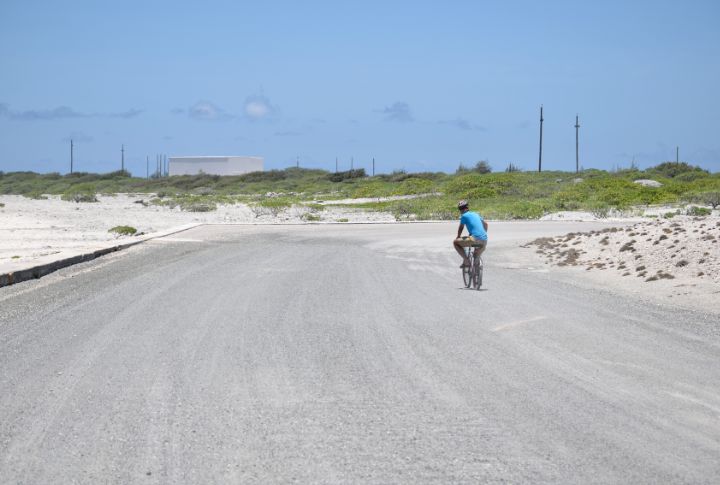
Positioned between Hawai‘i and Guam, Wake Island gained prominence during WW2 and continues to support U.S. military operations to this day. Its offshore coral reefs and interior lagoon are visible only from restricted aerial routes. Public access remains limited due to its role as a defense site.
Block Island, Rhode Island
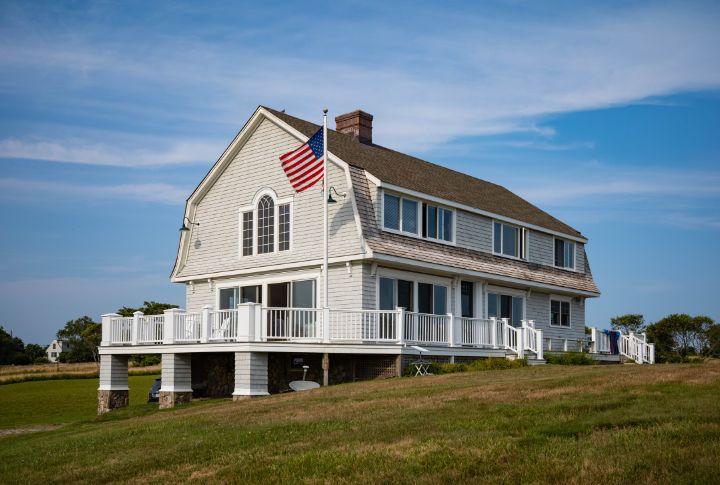
Accessible by ferry from mainland Rhode Island, Block Island features a laid-back rhythm shaped by beaches and historic lighthouses. The island’s Mohegan Bluffs rise sharply above the Atlantic, while most visitors explore by bike thanks to the island’s quiet, scenic roads and compact layout.
Coconut Island, Hawaii
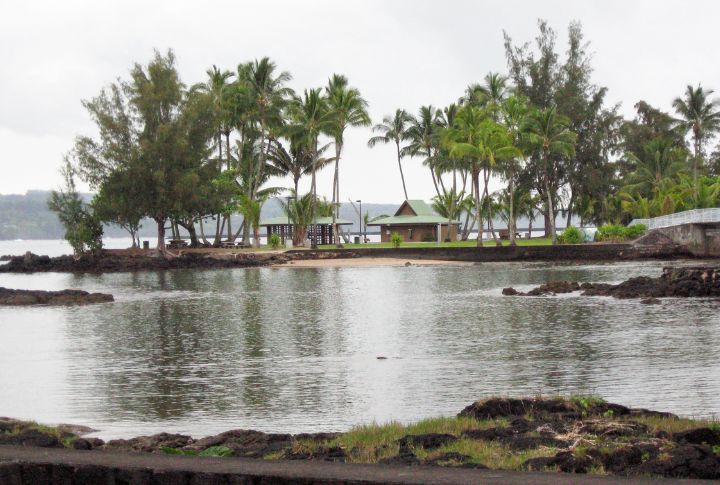
Also called Moku o Lo‘e, this small islet near O‘ahu serves as the home of the Hawai‘i Institute of Marine Biology. Though not open to the public, it draws attention for its scientific importance and cultural trivia—it was featured in the original “Gilligan’s Island” pilot episode.

